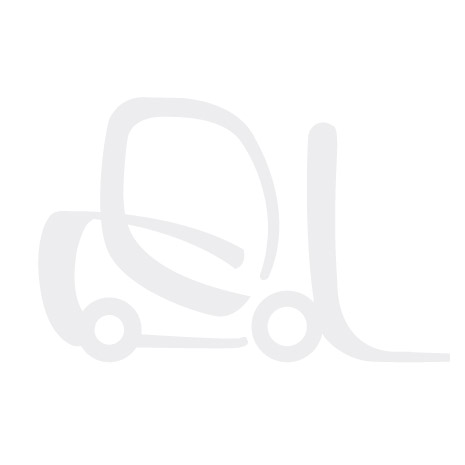How to Use a Forklift Boom Attachment Safely
 Forklift booms may be used on lift trucks and rough terrain straight-mast or extendable reach forklifts. They are designed to lift heavy loads that are attached to the boom via a swivel hook or other device.
Forklift booms may be used on lift trucks and rough terrain straight-mast or extendable reach forklifts. They are designed to lift heavy loads that are attached to the boom via a swivel hook or other device.
The forklift’s hydraulics power the boom so that the item can be lifted vertically. Forklift booms are rated for
Maximum Load Capacity
Forklift booms, which are also known as forklift jibs, are rated for maximum load capacity. For example, a forklift hat is rated for 2,000 pounds can lift loads weighing up to that much from the standard forklift load center, which is usually 24 inches from the end of the jib attached the the vehicle. The further away from the jib’s center you get, the lower the load capacity.
Many booms are attached to the forklift by inserting both forks into the fork pockets so that the rear of the jib is against the back of the fork. Fork pin tabs are then inserted behind the heel of each for to secure the attachment in place.
Some models have a safety chain that wraps around the strong part of the forklift carriage for additional support. The chain should be wrapped around as many times as needed to take up the slack. Then the chain is hooked back onto itself with the grab hook pointing down.
Swivel Hook Locations
Forklift booms have swivel hooks that can be positioned at various locations along the underside of the boom. Hooks are generally rated for 6,000 pounds lifting capacity, but you should check with the manufacturer of the swivel hook you are using before using it on the job.
For very heavy loads, more than one hook can be used to pick up the load but the total weight of the load should never exceed the rated capacity of the forklift. Remember, the farther out on the boom you position the hook, the lower the maximum lift capacity.
Remember, the farther out on the boom you position the hook, the lower the maximum lift capacity. So while a boom rated to lift 6,000 pounds at the forklift load center, it may only be able to lift 3,000 or even 2,000 pounds if the hook is located further out on the boom.
Also, the higher the boom is raised, the lower the rated capacity. Maximum load capacity also will be lower when the mast is tilted forward.
Forklift Boom Safety Tips
Here are some forklift boom safety tips to help you use your boom safely and effectively:
- Booms should only be used when forklifts are parked and secured on level ground. You don’t want to use a boom attachment when the forklift is on an incline.
- Prior to using any forklift attachment, the operator should be fully trained and certified on its use. This is for the protection of both the operator and the business.
- Booms should be checked prior to use to ensure they are properly secured to the forklift. The operator also should review the maximum load capacities of the forklift, the boom, and the hook prior to lifting a load.
- Forks should always be level or tipped upward when using the jib. You never want to lower the forks below level when lifting a load with a boom attachment because it increases the risk of tipping.
- Booms are designed to lift loads vertically. They should never be used to pull or swing loads. Tag lines can help reduce swinging.
Using a boom attachment substantially increases the risk of a forklift tipping. If you are unfamiliar with its operation, make sure you consult the owner’s manual and receive the appropriate training and certification prior to using one.
